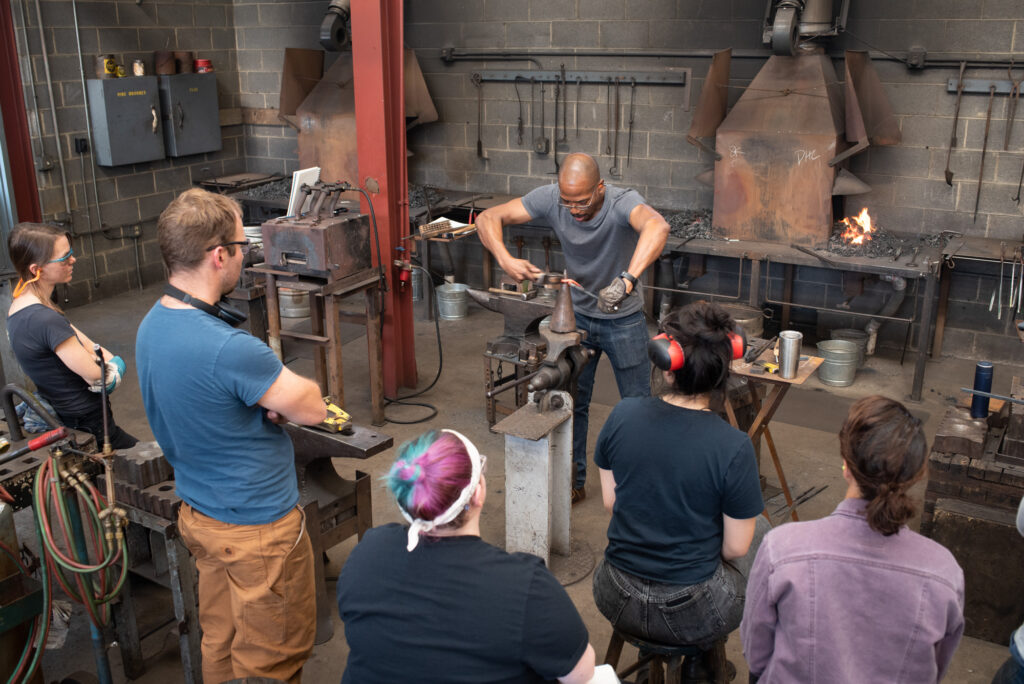
Like nothing else in craft, Penland’s spring and fall “concentration” workshops offer time, instructors with deep knowledge, and community.
Time
“The great value of the concentration is immersive, daily practice,” says Penland’s creative director, Leslie Noell. “Part of what makes craft processes what they are is an extended amount of time practicing the skills. When you do something over and over, you build body memory and muscle memory.”
She was discussing Penland’s long sessions, known as concentrations, that take place in the spring and fall and last for six or eight weeks. These sessions were first offered at Penland in 1970 under the leadership of the school’s second director, Bill Brown. The concentration quickly became a signature Penland program combining the intensity of the one- or two-week workshop with a duration closer to that of a college semester.
“Our shorter classes are great because you get to see something demonstrated and then immediately try it out and practice it for a few days, says Leslie. But imagine extending that practice for weeks. Instead of making 12 mugs, you can throw 200. This gives you time to make lot of mistakes and take a lot of risks.”
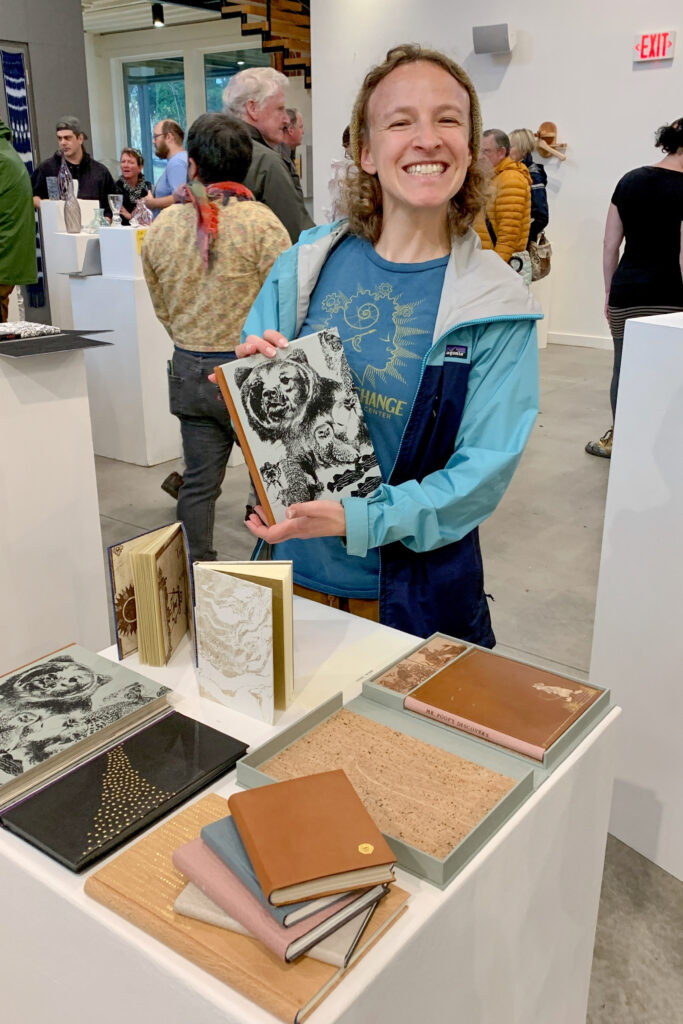
Instructors with deep knowledge
Leslie says the ideal instructor for these sessions is someone who has a deep well of information and techniques to share and also the ability to work with students one-on-one, meeting each person where they are. An instructor with both of these qualities is able to help students take full advantage of the long duration.
“These workshops usually start with demos, skill building, short assignments, and collaborative projects,” she explains. As time goes on, it becomes more like a guided, independent study, with the instructor helping each student to set and meet their goals. As the class transitions, instructors are encouraged to make their own work as well as teach, providing insight into how they produce their own work, plan their day, and balance studio work with other obligations.”
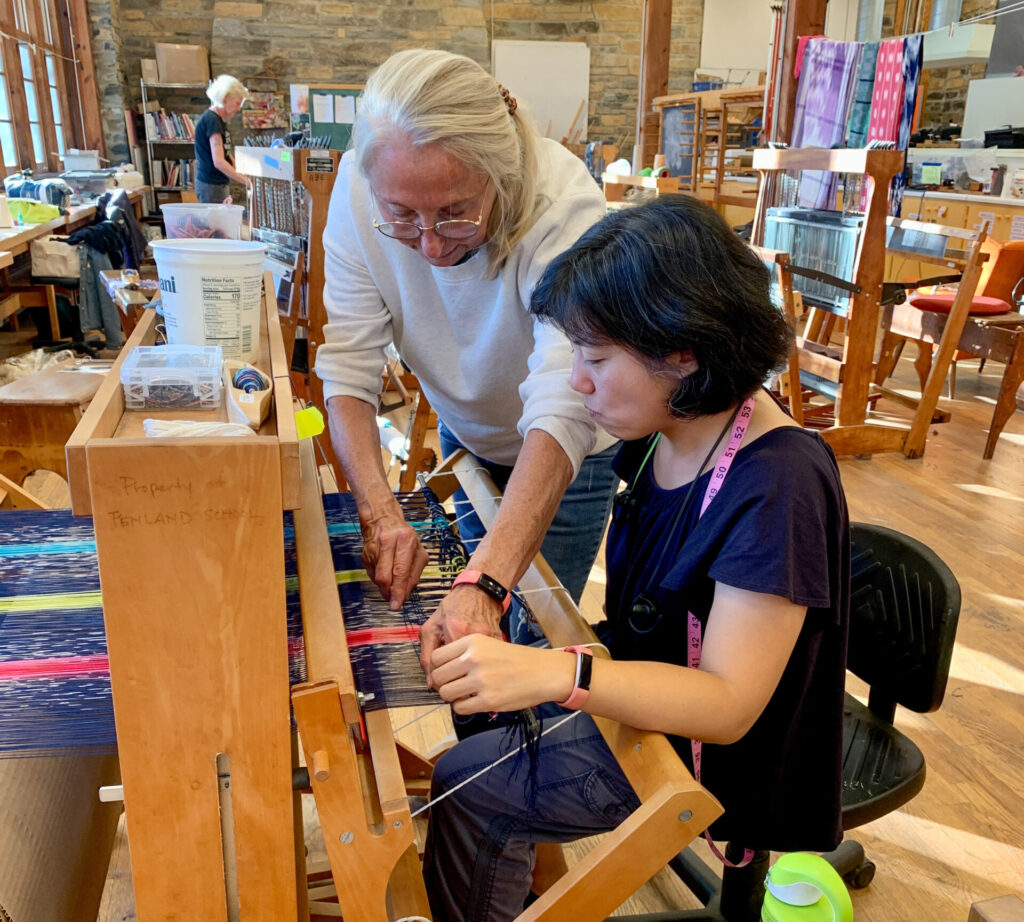
Community
The other important feature of the concentration is the way these sessions build community. The number of workshops and students is smaller than in the summer, and people have more time to get to know each other, to visit other studios, and to understand each other’s work. “The community really coalesces during that time,” Leslie says.
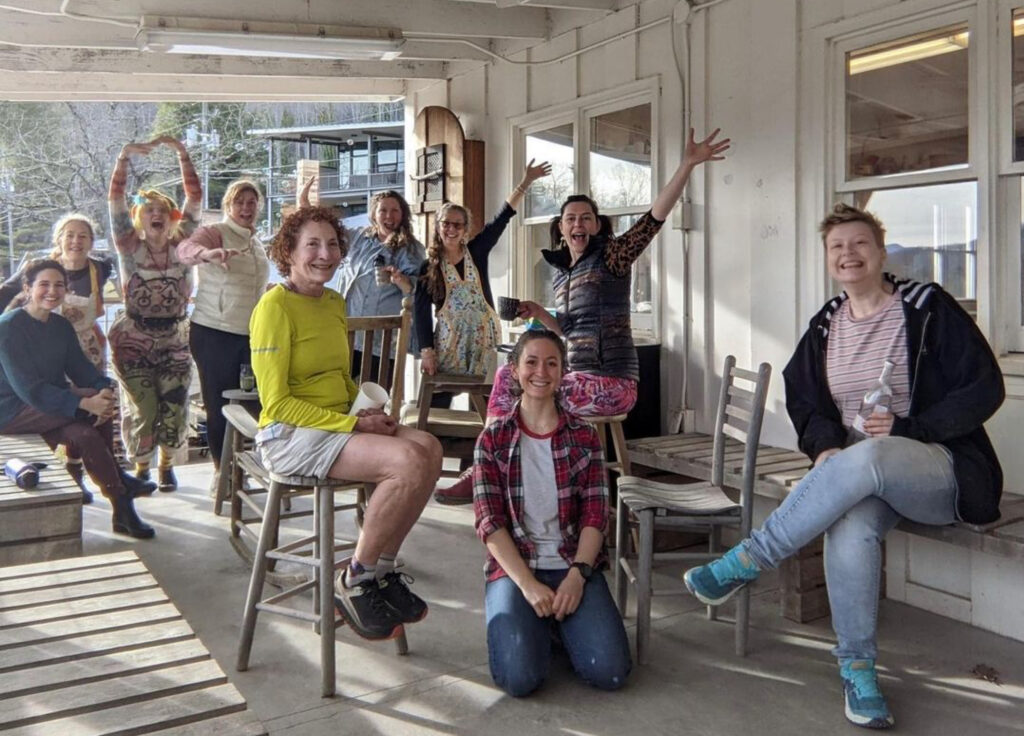
Who can benefit?
So who are these long sessions for? As in any Penland session, which cater to “all levels,” you might find everyone from total beginners to folks who make a living from their studio. Said Leslie Noell.
“For beginning students,” Leslie says, “the concentration is a singular opportunity to learn the fundamentals and make a noticeable improvement. For someone already comfortable with a material, it might be a chance to apply that foundation to a different material, to expand particular skills, or maybe more importantly a chance to match skills with interest and develop their creative voice. Experienced students will often test a new direction or develop a whole new body of work.”
Whatever your interest or motivation, something all concentrations have in common is that they take place against the backdrop of a changing season in the beautiful Blue Ridge Mountains. The fall concentration is accompanied by an amazing display of autumn leaves that changes daily; students in the spring watch the green leaves emerge along with wildflowers and Penland’s many small gardens. Add that to the combination of time, inspiring instruction, and a community of fellow travelers, and your Penland concentration might just be a transformative experience.
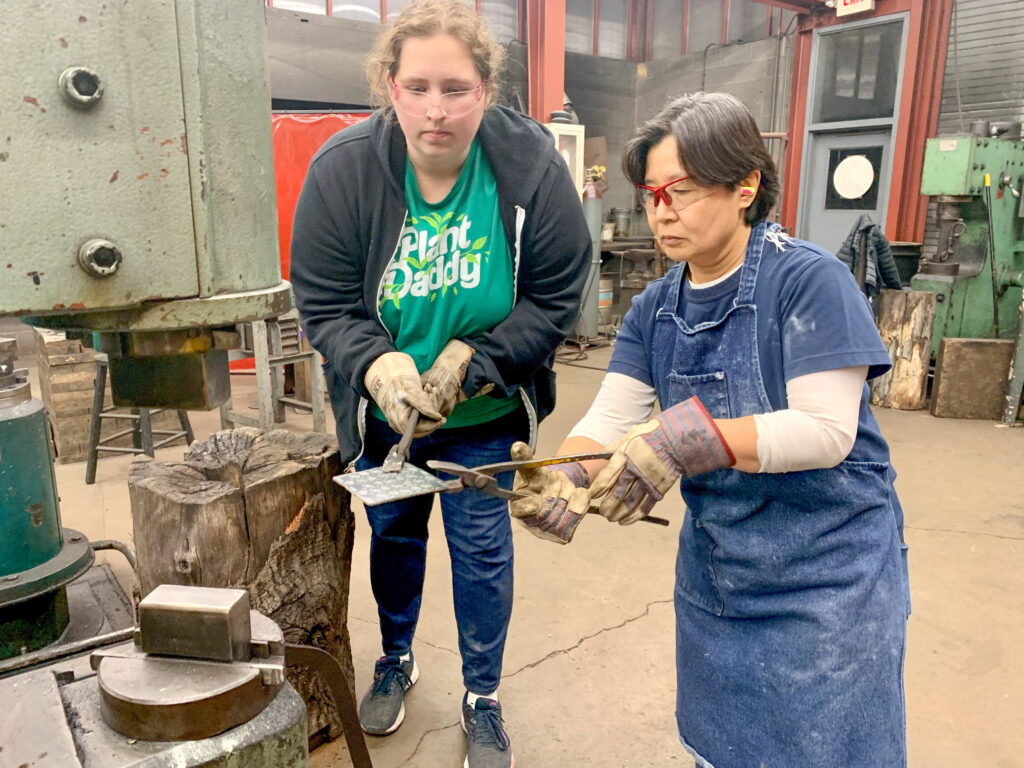
Spring Concentration 2023 is coming right up!
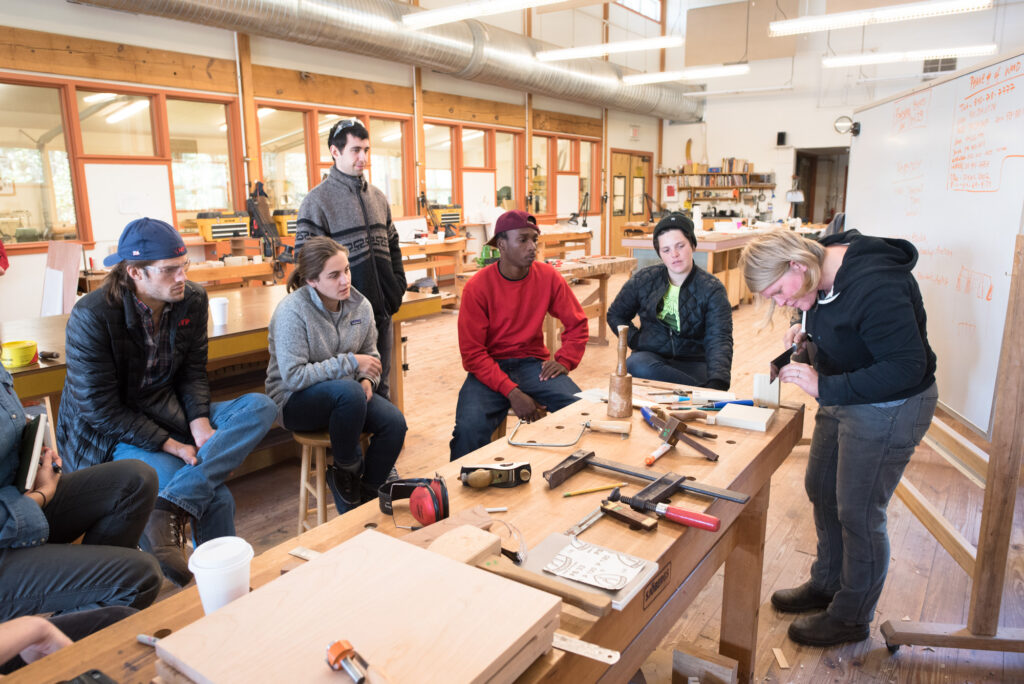
We asked Leslie what we can look forward to for the 2023 spring concentration (March 5-April 28). “This is a stellar lineup of instructors,” she told us. “They have been some of our best instructors in the past. In general, it’s rare to get someone at the top of their game to spend eight weeks out of their own studio, so we plan these workshops as much as two or three years out. We are really lucky to have this group coming together.”
Here are a few words from creative director Leslie Noell about each of the spring workshops. Registration is still open, and each of these workshops has at least one open space, so it’s not too late to plan for spring at Penland.
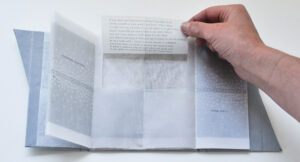 Books: Alex McClay, Form, Content, Book
Books: Alex McClay, Form, Content, Book
“Alex has precision knowledge of book arts but is equally as interested in what she wants to say and what the content of the work is. Students will be challenged both technically and conceptually to bring ideas into that format.”
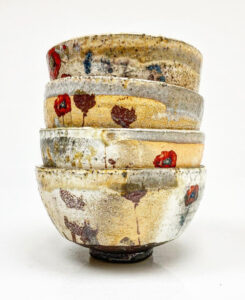
Clay: Justin Rothshank, Decals, Soda Firing, and Pottery
“Justin is a wonderful instructor and loves teaching concentration. He loves getting deep into the process with his students.”
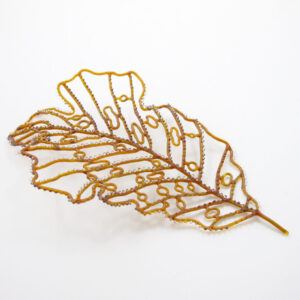 Glass: Kit Paulson, Borosilicate Fieldnotes: The Explorer’s Notebook
Glass: Kit Paulson, Borosilicate Fieldnotes: The Explorer’s Notebook
“Kit has been a resident artist, has taught many times, and has always wanted to teach an eight-week class, where she could help students progress not only through skill practice but also thinking about where they get their inspiration and how they can bring that into their work.”
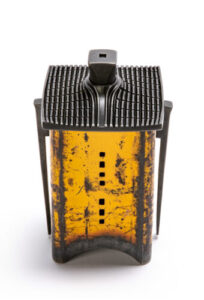
Iron: Stephen Yusko, “Forged and Finished”
“Steve has taught at Penland many times. We are lucky to get him for this session, as he stays busy running his own studio. He brings a lot of design thought into working in the iron studio. This concentration is ideal for metalsmiths, sculptors, and blacksmiths.”
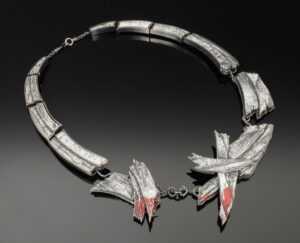 Metals: David Harper Clemons, “Narrative Jewelry: Well-Worn Tales”
Metals: David Harper Clemons, “Narrative Jewelry: Well-Worn Tales”
“David Clemons has taught many concentrations. He has an incredible depth of knowledge. He can answer almost any question and can work in almost any material. He is especially interested in narrative and wearable pieces.”
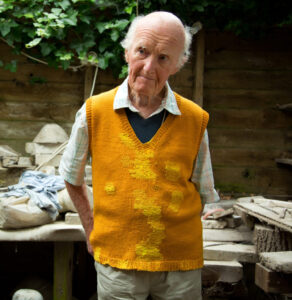
Textiles: Celia Pym, “Visible Mending: Damage and Repair”
“Celia Pym is coming to us from the UK. Her work surrounds the process and also the concept of mending. We have been trying to get her here for the past few years, but the pandemic delayed us. We are particularly excited to have her for this amount of time. Especially for US students, this is the opportunity to study with Celia.”
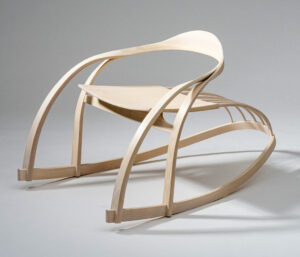
Wood: Yuri Kobayashi, “Design with Curvature”
“Yuri does things in wood that no one else does. She is just an exceptional craftsperson, educator, and designer. She’s a triple threat.”
Full class descriptions for Penland’s 2023 spring concentration workshops can be found HERE.

